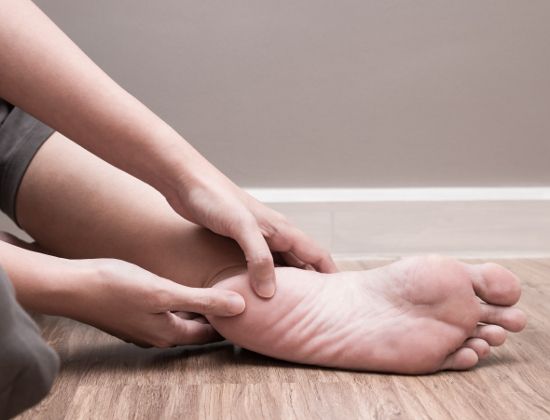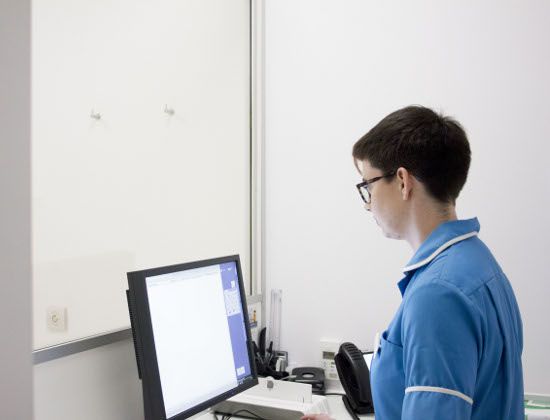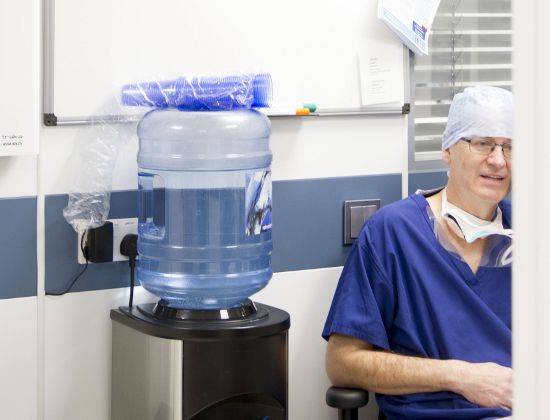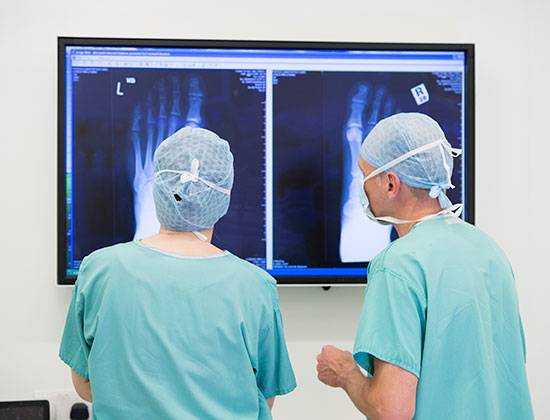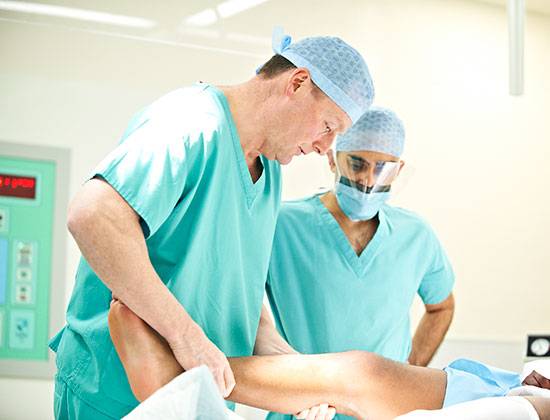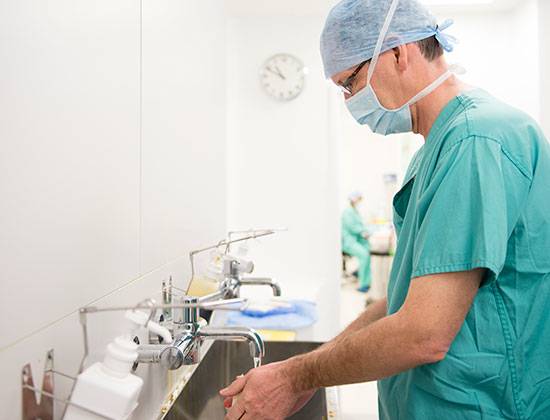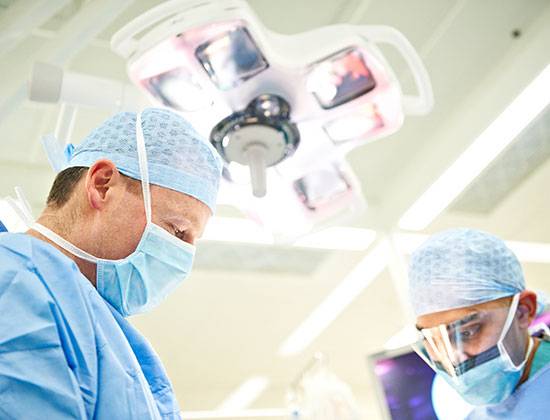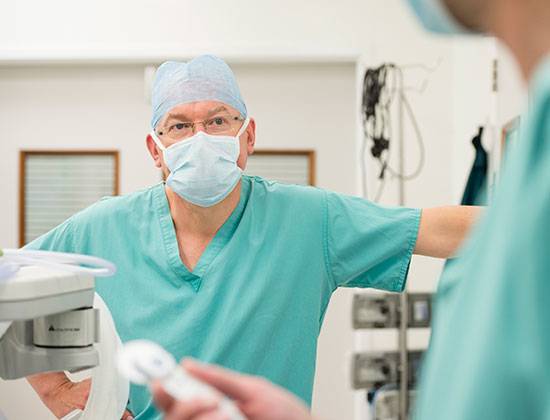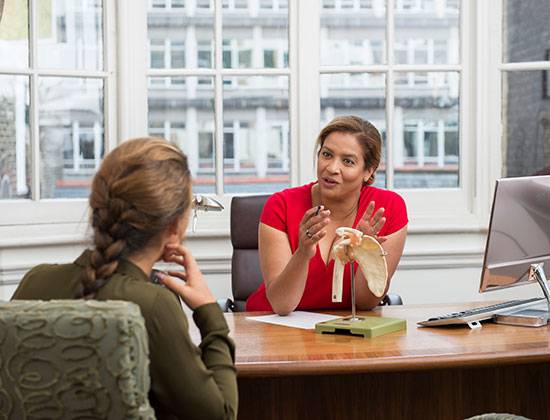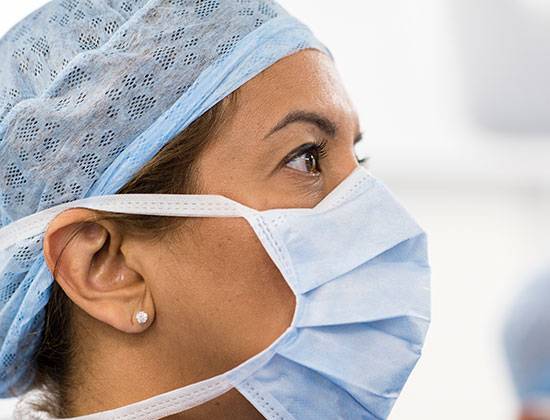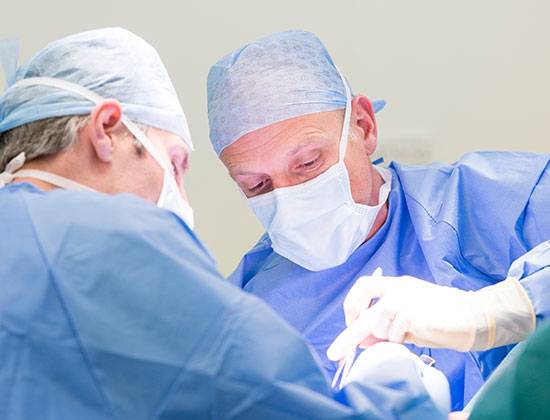Toe deformities
Hammer, mallet and claw toe are all types of deformity of the small toes, with the description varying according to which toes are bent, and how.
What causes the deformities?
- Injury to the toe can cause damage to the tendons or tissue surrounding the toe joints, which can gradually become deformed
- Ill-fitting shoes can put excessive pressure on the toes and cause them to bend upwards
- If you have problems with the big toe, for example a bunion, then you may develop problems with the 2nd toe (and others) because the bunion means you put more weight than normal on the smaller toes and they can deform as a result
- Other important causes of toe deformities are congenital nerve disorders (problems that are present at birth) such as Charcot Marie tooth disease, which can affect the pull of muscles and cause the toes to bend upwards. However, this is not likely unless both feet and all toes are affected, and even then it’s rare
What are the symptoms?
- The commonest symptom is pain on top of the toes because they rub on the shoes. People can often develop a callus or hard lump of skin on the knuckle of the toe as a result
- The ball of the foot can also be painful and prominent (metatarsalgia) and calluses can develop there too
Can the problem become worse?
People often live with the symptoms for many years before seeking medical advice. If you decide not to see your doctor, the problem will tend to progress, usually slowly. The calluses on the toes become more painful and in some cases can become infected. The toe may also become more rigid and bent.
How is it diagnosed?
A medical examination can diagnose any deformities. You may also have X-rays to show up any associated problems in the foot such as a slightly long metatarsal bone or a bunion, which can lead to toe deformities.
How is it treated?
Non-operative treatment: this aims to accommodate your toe deformity in a shoe that is large enough in the front to fit comfortably. Special insoles can reduce the pressure on the ball of your foot.
Surgery: this changes the alignment of your toes so they lie straight when you stand.
- If the toe is quite flexible then tendon transfers in the toe (moving a tendon from the under-surface to the top surface of the toe) can pull your toe straight. This procedure is more common in children and adolescents, because in adults the toes are often quite stiff
- The commonest way to deal with toe deformities is to have toe fusion surgery. This is a very successful operation, allowing the toe to be straight at the end, without affecting the function of your foot
Important: This information is only a guideline to help you understand your treatment and what to expect. Everyone is different and your rehabilitation may be quicker or slower than other people’s. Please contact us for advice if you’re worried about any aspect of your health or recovery.
